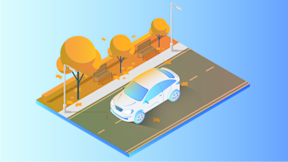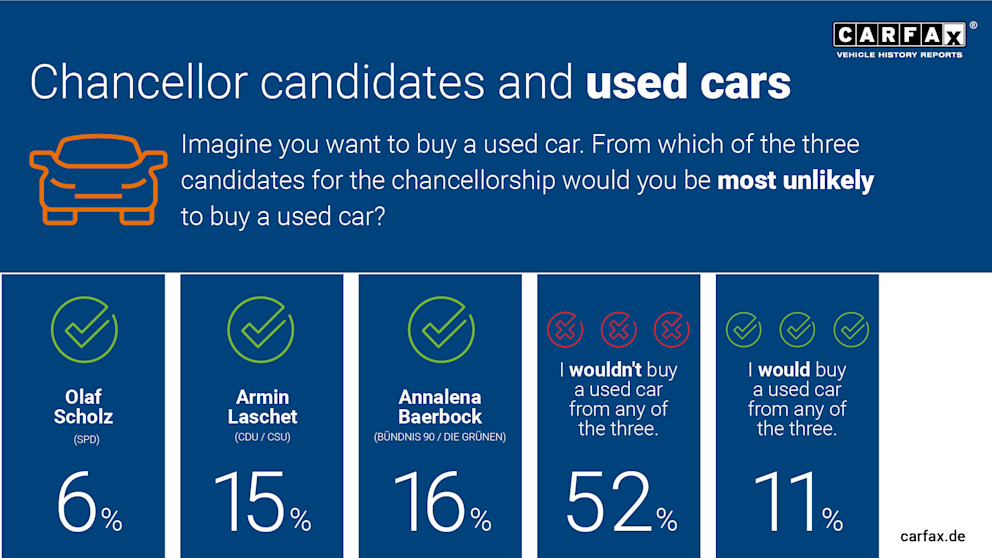Although it may seem like a risk-free season, driving in the fall comes with several hazards. Therefore, it wouldn’t hurt to be more cautious. In addition to wearing your seat belt properly, not using your cell phone while driving, and resting enough during long trips, you should make sure that your car is in a good condition, by checking the tires, brakes, and lighting system, as these are the most important parts of your car when it comes to safety. Apart from the harsh weather conditions, such as rains and storms, shorter days and poor visibility are coming. According to the Official College of Opticians-Optometrists of Andalusia, the visual capacity of a driver is reduced to 30% at night and visual acuity is reduced by 70%. This fact increases the risk of accidents on the roads. Rain, humidity, fog, low visibility, road icing, and a greater presence of animals on the road are all risk factors for driving in the fall. Although this season is not the one with the highest number of traffic accidents, we would still want to warn you of possible dangers on the road and provide you with tips that will keep you safe during the fall.
How to drive in the rain
Rainfall is more frequent during the fall months. Rain reduces visibility and tires’ grip. To maintain safety on the roads during fall rains, there are several tips every responsible driver should know.
- Watch your speed. When you travel at a higher speed, your tires have a lower chance of gripping to the road.
- The stopping distance doubles in wet conditions. That’s why, to avoid traffic accidents, keep a larger distance from the vehicle in front of you. What is more, the brake pedal should be used gradually so as not to lose control of the car or prevent it from skidding.
- Turn on the low-beam headlights as soon as it starts to rain.
One of the most common safety tips for driving in the rain states that special attention should be paid to the pavement markings, since they become very slippery during rainfall. Similarly, safety experts say that the first 10 minutes of rain are the most dangerous time to be on a wet road. When the rain has just started, it’s mixing with oil and mud on the road, creating perfect conditions for losing traction and, consequently, aquaplaning. In this article, you will find everything you need to know about aquaplaning and how to avoid it.
How to drive in the fog
The main problem with driving in the fog is that it greatly affects visibility. What should you do during low visibility on the roads? Here are three useful tips for driving in the fog:
- Use the right lights
- Reduce speed
- Increase the safety distance between your vehicle and the vehicle in front of you.
The car’s lighting system in these cases will be your best ally, as long as you know what lights to use when driving in the fog. In low, thin fog, as well as in heavy rain or snow, the front fog lights should be switched on. In thick fog, the rear fog lights should also be activated. Never use high-beam headlights during fog. They will just reflect the light back into your eyes, making it even more difficult to see.
The danger of leaves on the road
Although it may not seem so, driving in leafy areas is very dangerous. According to the National Highway Safety Administration, a road covered in wet leaves can be just as slippery as an icy road. Therefore, while driving on wet leaves, slow down, brake gradually, and maintain at least two car lengths between your vehicle and the one in front of you.
How to drive with a sun glare
With daylight saving time, sunrise and sunset times are affected, which in turn affects drivers when they have to drive into the sun. Sun glare can be the cause of traffic accidents and collisions, both head-on and rear-end. To reduce all possible risks, it is important to know how to drive when direct sunlight creates a strong glare across the windshield.
To avoid being temporarily blinded by the sun, it is necessary to wear the right sunglasses (best with polarized and blue-tinted lenses) and to use windshield sunshades. In addition to measures protecting your sight, don’t forget to slow down to the speed you would drive if it was raining or snowing.
How to act if there’s an animal on the road
November, December, and January are the months when most traffic accidents caused by animals occur. Therefore, it won’t hurt to read through the tips on what to do if you encounter a wild animal in the middle of the road.
- The moment you see an animal on the road, try to make it leave the road. The insurance company Mapfre recommends using high-beam headlights for that.
- If the animal does not move, it is best to swerve to avoid the animal.
- If an animal appears out of nowhere and runs into the road, you should try to hit the brakes and hold the steering wheel tightly to avoid collision. It is not advisable to swerve off the road to avoid the animal, as you may drive into the oncoming traffic.
???? If a free-running wild animal hits or is hit by your vehicle, you are not likely to be held liable. This kind of accident is considered an unavoidable accident in most states.










